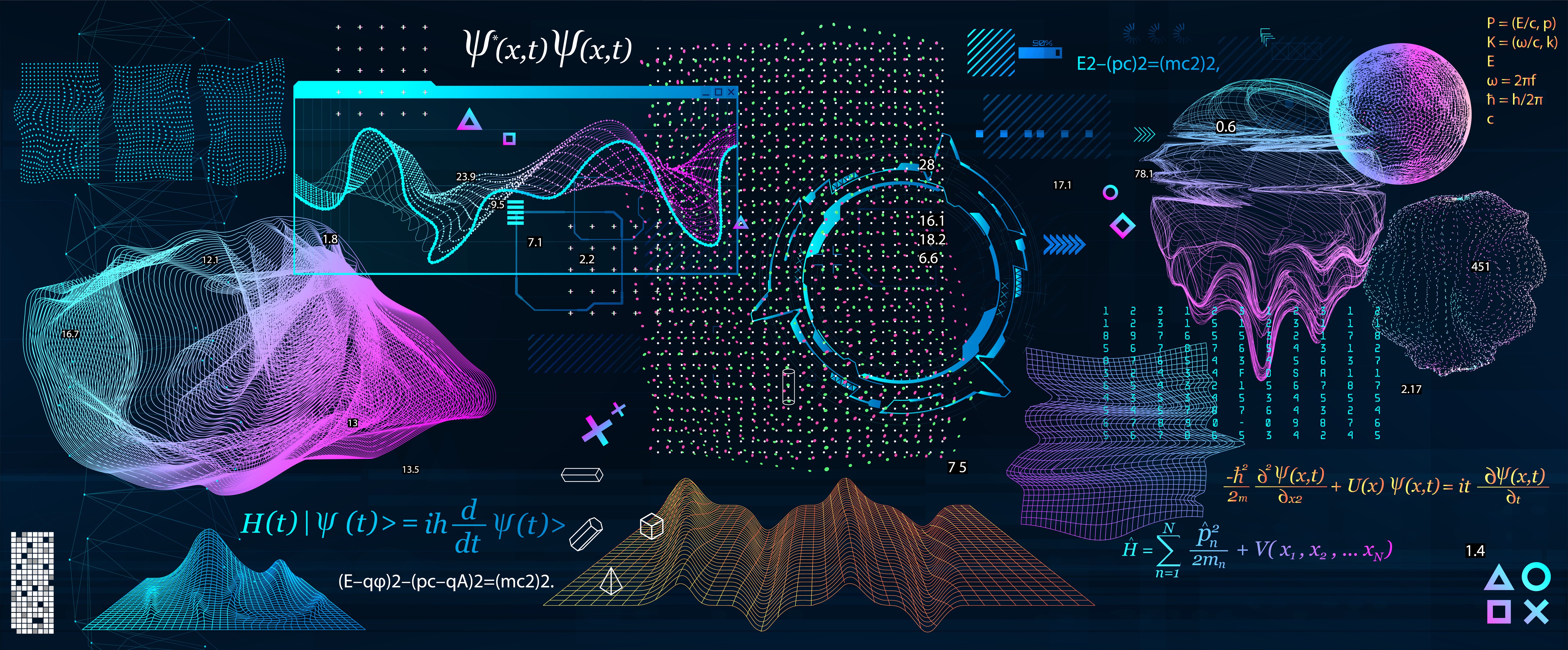SUMMARY
In CFD, steady-state modeling assumes constant flow conditions, ideal for stable systems and quick analysis but misses time-dependent effects. Transient modeling captures dynamic changes over time, crucial for systems with significant temporal variations but more computationally intensive. Choose steady-state for simplicity and speed, and transient for detailed analysis of dynamic behavior.
INDUSTRY
CFD
RESOURCES
In Computational Fluid Dynamics, choosing the appropriate modeling approach is crucial for accurate simulations and effective analysis. Two fundamental types of modeling are steady-state and transient. Understanding the differences between these approaches, where to use them, and their pros and cons is essential for optimizing CFD simulations. This blog post explores steady-state and transient modeling, helping you decide which approach best suits your needs.
What is Steady-State Modeling?
Steady-State Modeling assumes that the fluid properties and flow conditions do not change over time. In other words, the system has reached a state where all variables remain constant, and any transient effects are ignored.
When to Use Steady-State Modeling
Stable Systems: When the system has been operating long enough to reach a constant flow condition.
Design Optimization: For design optimization where time-dependent effects are minimal or not of primary concern.
Simplified Analysis: When a simplified analysis is sufficient for understanding overall system performance without the need for temporal accuracy.
Pros
Reduced Computational Cost: Steady-state simulations are generally less computationally expensive and faster to run because they solve for a single time frame.
Simplified Setup: Easier to set up and solve, with fewer complexities related to time-dependence and initial conditions.
Useful for Optimization: Effective for optimizing designs and understanding average performance metrics without the need for detailed time-dependent behavior.
Cons
No Temporal Dynamics: Cannot capture time-dependent phenomena such as startup effects, oscillations, or transient events.
Limited Accuracy: May not accurately represent systems where transient effects play a significant role, potentially leading to incomplete or misleading results.
Not Suitable for Unsteady Flows: Inappropriate for problems where transient effects are critical, such as in dynamic systems or rapidly changing conditions.
What is Transient Modeling?
Transient Modeling (or time-dependent modeling) considers how fluid properties and flow conditions change over time. This approach simulates the evolution of the system from one state to another, capturing the dynamic behavior of the system.
When to Use Transient Modeling
Dynamic Systems: When the system experiences significant time-dependent changes or transient phenomena, such as startup, shutdown, or pulsating flows.
Complex Flow Behavior: For applications where capturing the time evolution of the flow is essential, such as in aerospace, automotive, or energy systems.
Detailed Analysis: When detailed analysis of time-dependent effects is required to understand performance or optimize control strategies.
Pros
Captures Time-Dependent Effects: Accurately models dynamic behavior, transient phenomena, and temporal variations in the system.
Detailed Insight: Provides a comprehensive understanding of how the system evolves over time, which is crucial for predicting real-world performance and behavior.
Improves Accuracy: Allows for a more accurate representation of systems where time-dependent effects are significant, enhancing the reliability of the results.
Cons
Increased Computational Cost: Requires more computational resources and time due to the need to solve for multiple time steps and manage transient data.
Complex Setup: More complex to set up and solve, with additional considerations for initial conditions, time-stepping schemes, and convergence.
Longer Simulation Time: Simulations can be significantly longer, especially for systems with complex dynamics or large time scales.
Choosing Between Steady-State and Transient Modeling
When to Use Steady-State Modeling
For Quick Insights: When a fast and efficient analysis is needed without the need for temporal details.
When Time Effects Are Negligible: For systems where transient effects are minimal or not critical to the analysis.
In Initial Design Phases: During early design phases to evaluate overall performance and make preliminary optimizations.
When to Use Transient Modeling
For Detailed Analysis: When understanding time-dependent behavior and transient effects is critical for accurate predictions.
In Dynamic or Complex Systems: For systems where dynamic changes, oscillations, or rapid variations significantly impact performance.
To Study Transient Events: When studying specific transient events such as startups, shutdowns, or time-varying loads.
Conclusion
Choosing between steady-state and transient modeling in CFD depends on the nature of the system and the goals of the analysis. Steady-state modeling offers simplicity and efficiency for systems where time-dependent effects are negligible, while transient modeling provides detailed insights into dynamic behavior and temporal changes. Understanding the pros and cons of each approach helps in making informed decisions and optimizing CFD simulations for accurate and effective results.
Evaluate your system’s requirements and choose the modeling approach that best aligns with your analysis needs, ensuring that your CFD simulations deliver meaningful and reliable insights.
Why stop at theory? With SuperCFD, you can set up steady‑state jobs for rapid design loops and switch to transient analysis when you need the full time‑dependent picture—all inside a single, cloud‑native workspace. No extra licences, no local installs. Just accurate results, faster. Click here to get started…







